The Federal Reserve is expected to stage the 15th successive hike to US interest rates this week when it holds its first meeting under new chairman Ben Bernanke.
But after a spate of patchy numbers, the outlook for monetary policy in the world's biggest economy has grown much murkier beyond the US central bank's two-day meeting ending Tuesday.
"The balance of risk is shifting from inflation to slower growth," said Robert McGee, chairman of the American Bankers' Association economic advisory committee.
"The full impact of the past year's tightening has yet to be felt, which should raise a caution flag for the Fed," he said.
Under its illustrious former chief, Alan Greenspan, the central bank raised its benchmark Fed funds rate 14 times running from lows plumbed in a mid-2001 recession.
The rate now stands at 4.50 percent. It is universally expected by economists to go up another quarter-point to 4.75 percent when the Fed's open market committee (FOMC) announces its decision at 1915 GMT Tuesday.
Fed officials from Bernanke down have underlined that US economic growth has been proceeding at a robust tick, which would justify another hike at a time when price pressures from high energy costs are still feeding through.
But could the economy now be hitting the brakes? Figures out Friday gave many pundits pause for thought, with both new home sales and durable goods orders - excluding a huge spike in aircraft orders - turning down.
After years of stellar growth that powered a massive binge of consumer spending, the US housing market is now showing every sign of slowing.
Joel Naroff of Naroff Economic Advisors said builders of new homes would soon have to start cutting their prices as demand wanes.
"That is especially true as the product overhang just keeps growing. And declining new home prices would ultimately spill over into the existing home market," he warned.
BR100
15,186
Increased By
82.6 (0.55%)
BR30
42,842
Increased By
223 (0.52%)
KSE100
149,361
Increased By
1164.3 (0.79%)
KSE30
45,552
Increased By
281.7 (0.62%)


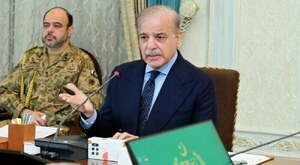



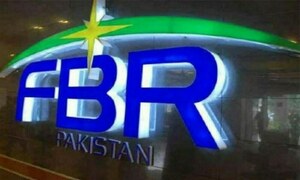
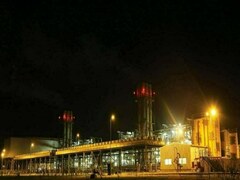



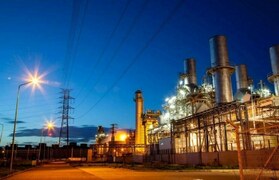



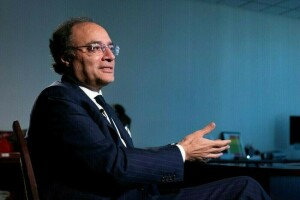
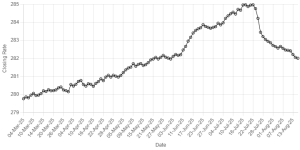
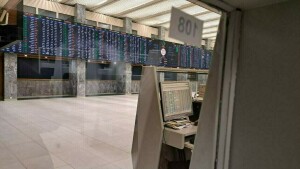
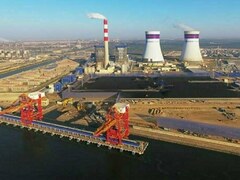
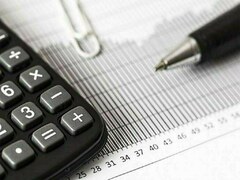

Comments
Comments are closed.